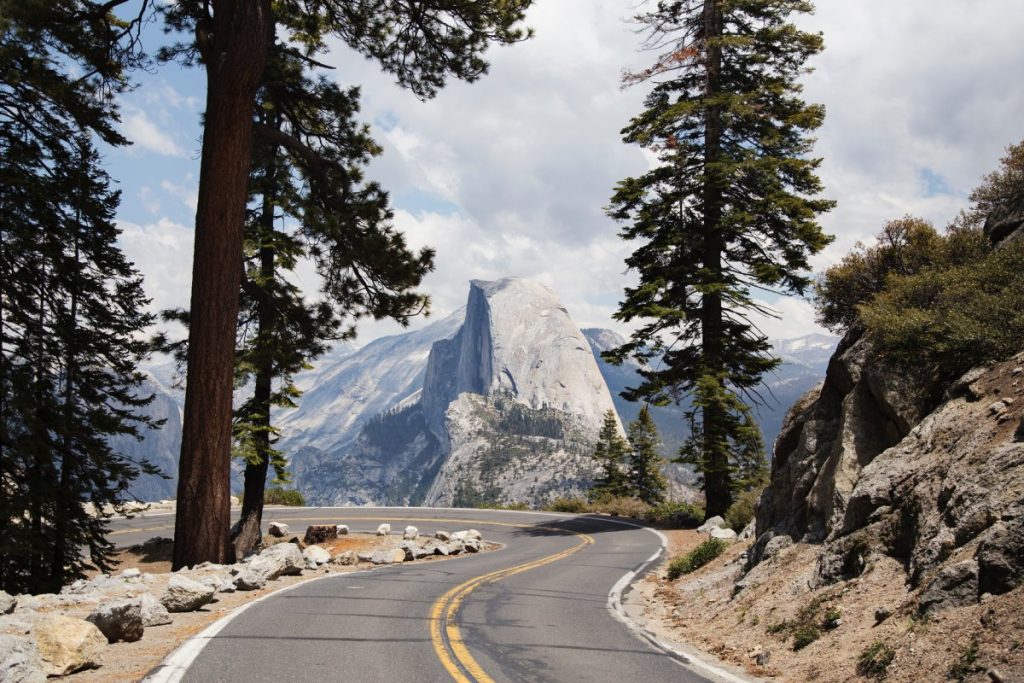The U.S. National Park Foundation recently received its largest grant ever of $100 million from the Lilly Endowment to combat overtourism in national parks. This grant is part of a $1 billion fundraising campaign called The Campaign for National Parks, which aims to address visitor growth and other challenges. The National Park Service predicts that annual visits to national parks will exceed 500 million by 2040, up from 325.5 million in 2023.
After the pandemic, concerns about overtourism in national parks have increased, leading to calls for restrictions and new strategies to manage large crowds. One such effort includes implementing reservation requirements at Yosemite National Park. The campaign’s funding will support initiatives such as a National Parks Innovation Lab, which aims to use technology to address challenges in the parks, improve digital experiences, enhance accessibility, introduce public transportation, and upgrade visitor centers. Additionally, efforts are being made to enhance reservation and trip planning capabilities on Recreation.gov.
Aside from managing visitor growth, the fundraising campaign is focused on three other key areas. These include developing programs to educate youth and young adults on parks history and environmental stewardship, conservation efforts for parks and wildlife, and delivering a more inclusive historical narrative that focuses on historically marginalized communities. The National Park Foundation is a non-profit organization that financially supports the National Park Service, which oversees 430 national park sites in the U.S.
The Lilly Endowment, based in Indianapolis, was established in 1937 through gifts of stock from the pharmaceutical business Eli Lilly and Company. The grant they provided, along with funds raised through The Campaign for National Parks, aims to address the escalating issue of overtourism in national parks through various targeted initiatives focused on visitor growth management, conservation efforts, youth programs, and enhancing historical narratives. This support will be crucial in helping national parks handle the anticipated increase in visitors in the coming years and ensure the sustainability and preservation of these natural and cultural treasures for generations to come.


